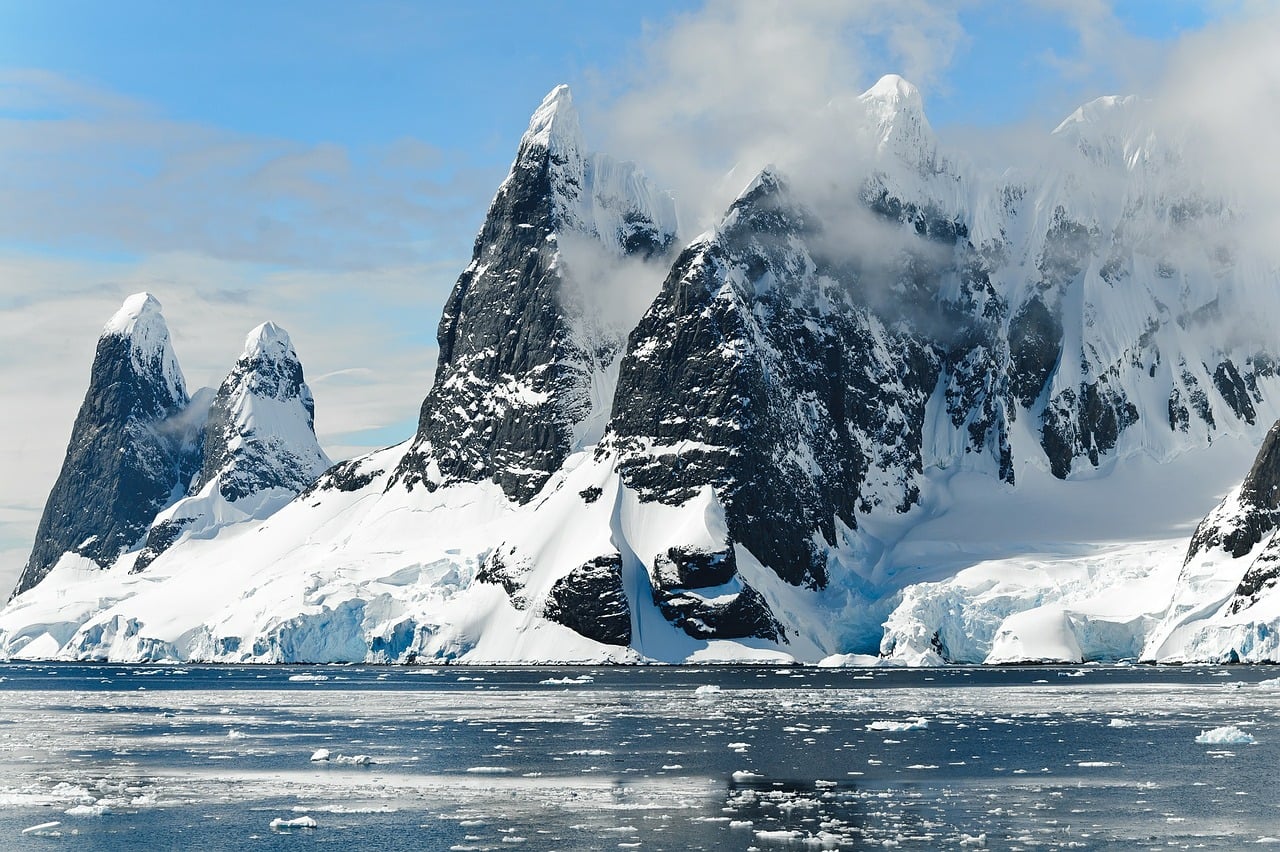A rare type of space dust scientists believe originates from an ancient supernova was discovered hiding in the Antarctic snow. The dust has traveled across the universe for millions of years reaching Earth, before scientists discovered the ancient grains of cosmic debris.
The space dust is important to scientists, not only because it was found in the coldest continent on Earth, but also because of an iron isotope known as iron-60, commonly released in the process of supernova, and extremely rare to find on Earth. Isotopes are elements which consist of atoms with a different number of neutrons in their structure. That difference contributes to more weight but also some different properties.
Scientists described their findings in the journal Physical Review Letters, analyzing more than 1,100 lbs of surface snow in Antarctica, near the German Kohnen Station.
The team took the frozen snow to the lab in Munich, melted it and isolated the dust particles which could hint at a rare type of space dust. After analyzing it with an accelerator mass spectrometer, the team found the iron-60 isotope, a jewel of the ancient supernova.
“I was personally very surprised, because it was only a hypothesis that there might be iron-60 and it was even more uncertain that the signal is strong enough to be detected,” nuclear physicist Dominik Koll from the Australian National University told ScienceAlert.
Scientists, however, had to confirm that the dust came from a distant supernova, by determining whether it originates from within the solar system or outside, as exposure to cosmic radiation also results in another isotope known as manganese-53. The team compared the ratios of the two isotopes in the Antarctic dust, finding that the quantity of Manganese was much lower than they would be if the Supernova took place in our solar system.
The team also had to confirm that the iron-60 didn’t originate from Earth, given it boasted the isotope in its early days. However, the researchers wrote in their study that all the rare isotope has decayed on Earth since that time.
“There are basically no stable iron or other elements abundant in Antarctica which helps a lot for the measurement of 60Fe/Fe ratios,” Koll told ScienceAlert. “The snow was taken by shovelling and was packed in storage boxes that were kept below 0°C to keep the snow frozen until it arrived in Munich.”
Iron-60 is also produced within nuclear reactors, but the amount of produced isotope is not as high and is restricted to the reactors that created it. The study also notes that even the nuclear catastrophes such as the Fukushima Daiichi nuclear power plant explosion didn’t cause the iron-60 levels to grow to a point to be significantly noticed in the environment. That said, the rare type of space dust most likely originated from an ancient supernova from far away.
“This is actually quite a profound thing,” astrophysicist Brian Fields from the University of Illinois at Urbana-Champaign, who was not involved with the research, told Science News. “It’s telling us about the recent history of our whole neighbourhood in the galaxy and about the lives and deaths of massive stars.”





